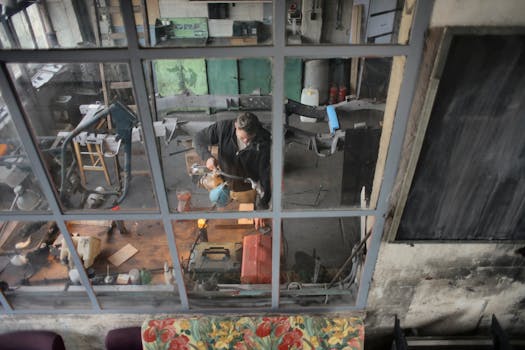
Behind the Scenes: A Day in the Life of a Watchmaker
Takeaways:
- The intricate process of watchmaking involves precision, skill, and artistry.
- Watchmakers often start their day early, preparing their workspace and tools.
- Attention to detail is crucial in every step, from repair to assembly.
- Modern technology complements traditional techniques in the watchmaking industry.
- The passion for horology drives watchmakers to create timeless pieces.
Every tick of a watch tells a story, a story of craftsmanship, dedication, and artistry that can take years to perfect. In this blog post, we delve into the fascinating world of watchmaking. Join us as we take you behind the scenes to explore a day in the life of a watchmaker, where precision meets passion.
The Early Hours: Setting Up for the Day

Once the workspace is ready, the watchmaker reviews the day’s schedule. This may include repairing watches brought in by customers, creating custom timepieces, or performing routine maintenance on various models. Each task requires a different set of skills, and the watchmaker must be adept at switching gears to meet the demands of the day.
The Art of Repair: A Watchmaker’s Craft
One of the most critical aspects of a watchmaker’s job is repair. When a customer brings in a watch, it is not just about fixing it; it’s about understanding the watch’s history and the emotional value it holds. The watchmaker carefully examines each piece, identifying any issues, whether it’s a broken gear, a damaged crystal, or a worn-out movement.
Using a variety of specialized tools, including magnifying glasses, screwdrivers, and tweezers, the watchmaker disassembles the watch. This process requires not only technical skill but also a keen eye for detail. Each component is inspected, cleaned, and repaired or replaced as necessary. The watchmaker must also ensure that the watch is reassembled perfectly, maintaining its original functionality and aesthetics.
Throughout the repair process, the watchmaker must stay focused and patient. A single mistake can lead to serious consequences, which is why precision is paramount. Many watchmakers spend years honing their craft, often learning from seasoned professionals who have dedicated their lives to horology.
Creating Masterpieces: Custom Watchmaking

The watchmaker sketches the design, considering factors such as the movement type, materials, and overall aesthetics. Once the design is finalized, the real work begins. The watchmaker carefully selects high-quality materials, such as precious metals, sapphire crystals, and intricate dials, to bring the vision to life.
Each part is meticulously crafted, often requiring advanced techniques such as engraving, polishing, and assembly. The watchmaker’s expertise shines through as they combine traditional methods with modern technology, ensuring that the final product is not only beautiful but also functional and durable.
The Passion that Drives Watchmakers

As the day winds down, the watchmaker reflects on their work, often feeling a sense of satisfaction in creating something that will be cherished for years to come. Whether it’s a simple repair or a complex custom piece, each project is a testament to their dedication and skill.
Conclusion
A day in the life of a watchmaker is filled with challenges and rewards, requiring a unique blend of artistry, precision, and passion. From the early morning setup to the intricate process of repair and custom creation, watchmakers play a vital role in preserving the art of horology. As we’ve explored, the world of watchmaking is not just about telling time; it’s about crafting stories that endure through generations. So, the next time you look at a watch, remember the skilled hands and creative minds behind its creation.







